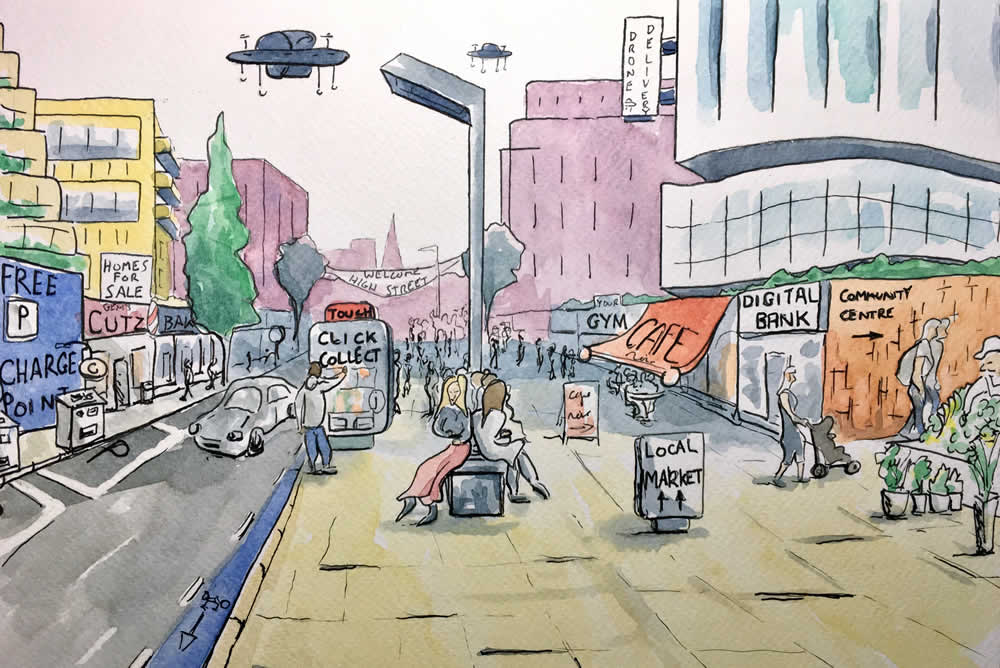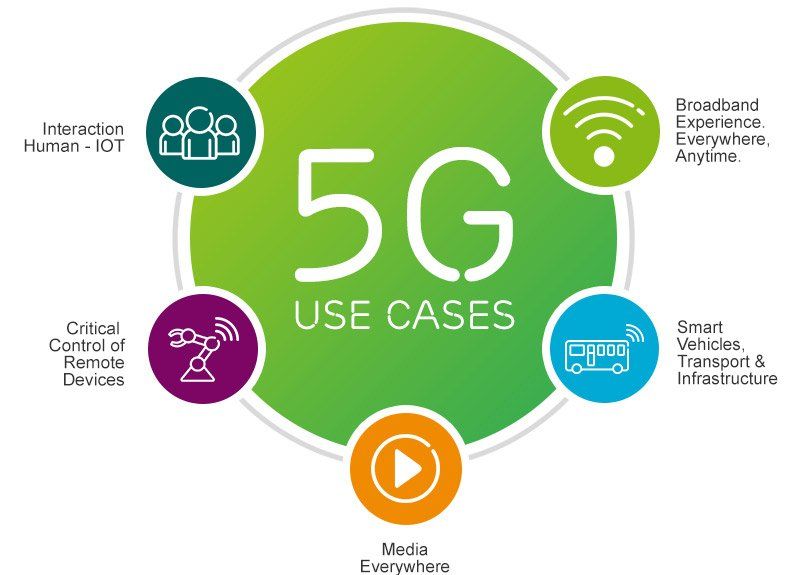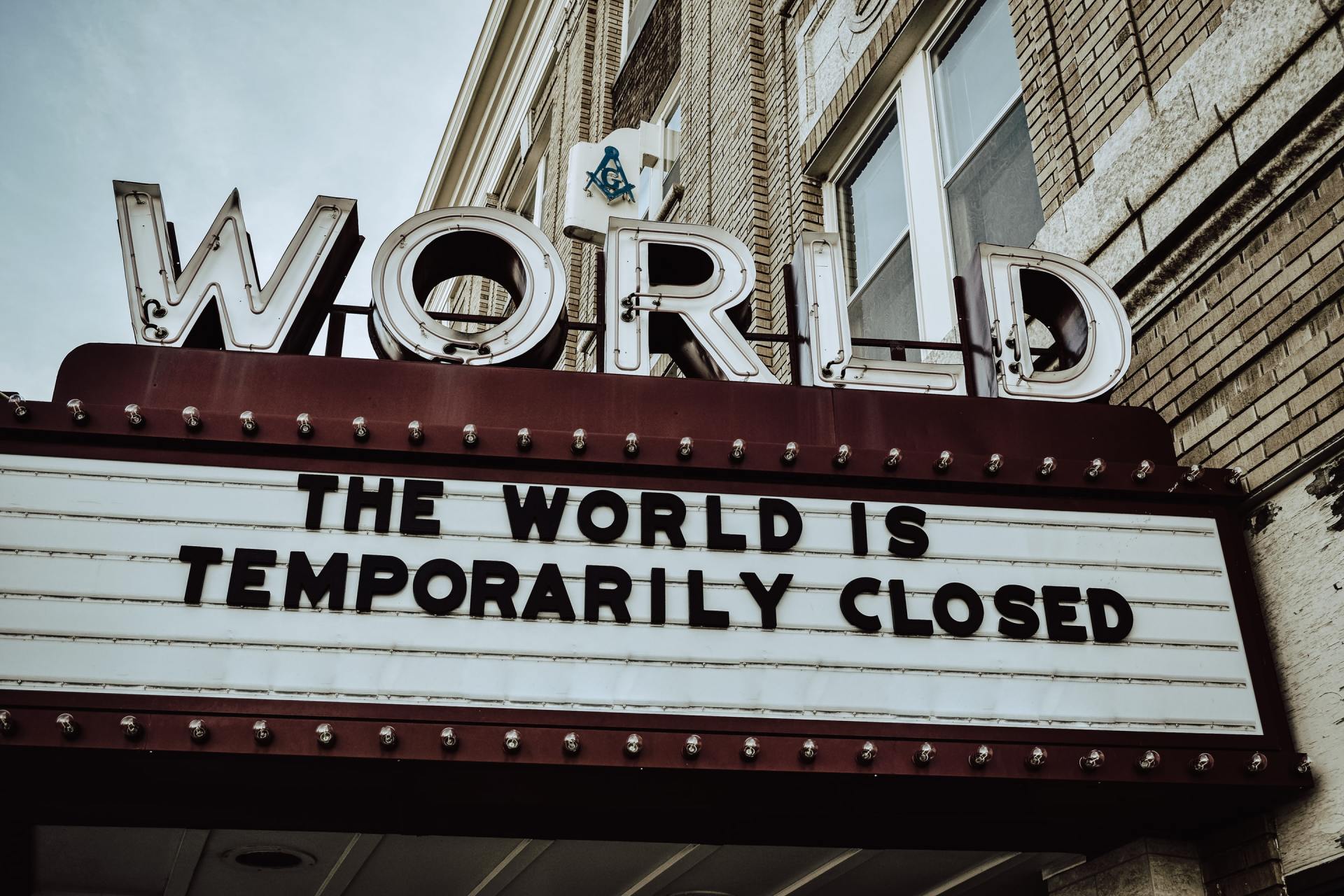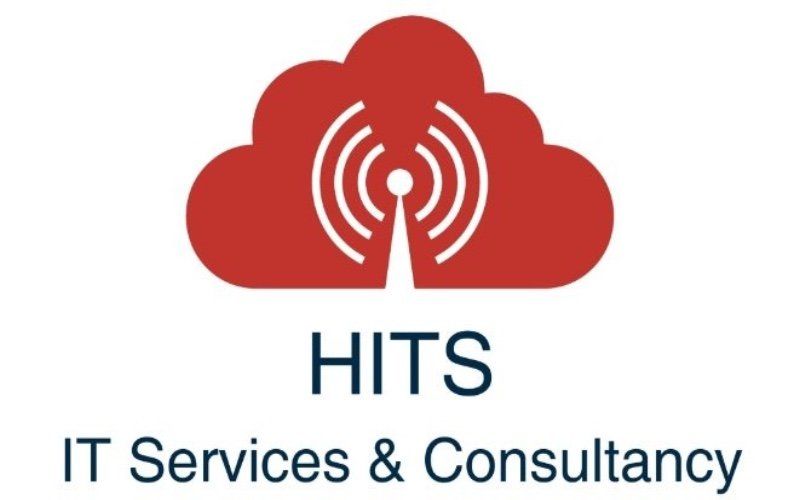Budget commentary
- By Peter Robinson
- •
- 30 Oct, 2018
- •
The HITS view on the UK budget and it's impact on High Street Retail technology?

Business Rates/ High Street rejuvenation. As you may already know, I'm quite passionate about the state of our High Streets and the use of technology within the stores that trade on the. The idea of business rate relief of £900m is clearly good news, but it's for small businesses only. Over 80% of the current High street won't benefit from this. However, there is a further £650m for the rejuvenation of the High Street. No real details as to how this will be spent. If it's on street lighting, furnishings etc not sure it will be money well spent. It needs to be spent on getting good tenants into these empty stores so people will want to come and spend their money.
Digital Service Tax for Tech Giants. This could be a double edged sword. Good news that the likes of Facebook, Amazon and Google will at last be taxed more fairly for the revenue they create in the UK as opposed to the profits only and it's for businesses with a global revenue of over £500m. So smaller UK start ups aren't affected yet. Will it however discourage other big organisations from setting up in the UK? Maybe. Also, this doesn't come in until April 2020, by which time it could be superseded by European legislation, even if Brexit has happened.
IR35. This is for the self-employed. Good news is that this has been deferred from April 2019 to April 2020, meaning that contractors have a further year before they potentially start paying higher taxes and NI payments. The impact here is that many 'serial contractors' may decide to find full time work and thus the contract market of which technology relies on a lot reduces significantly in size. Projects will take longer to deliver and thus become more expensive and the flexibility within the labour force disappears.
On the whole, It's clear what they Chancellor is trying to do for the tech industry and the High Street. Is there any new incentive to kick off those big IT Digital Transformation projects as a result of yesterday? No, Brexit still looms too large in the immediate future. Has he made things a bit easier for the High Street Retailer? My gut feel is that he's probably on the right lines, but with there being real chance that there's a No Deal on Brexit, it could all be revisited in less than 6 months in any case and then we'll really see what state the economy is in.

A few days ago, in the immediate aftermath of the news about Arcadia and Debenhams I shared a brief post about the impact of the demise of these stores on our high streets. I said in due course I'd share my own views on what the future high street may look like. I'm thankful to those that have shared their own views in response already.
It's well known that even before Covid-19 and the global pandemic that the hight street as we've known it for the past 50+ years has been in decline. Well over 20% of all shopping is now online, in excess of 80% of us shop at least partially online and just shy of 20% of 18-34 year olds do all their shopping online. These stats are for 2019 and thus don't take into account the impact of Covid-19. We can clearly see what direction these numbers were heading in. As with everything else, the high street is evolving. There is a strong argument that it's moving back towards where it was 50 odd years ago but now with technology playing an increasing part in what happens. Is that such a bad thing after all?
The big department store came into our lives in the 60s and 70s. In many towns and cities, it has now had its' day. The big, in town shopping malls that have these stores anchoring them will need to work with their tenants to repurpose these larger units into smaller ones. Yes there will always be niche exceptions, but on the whole they're done. Not good news for the institutions and or individuals and pension funds owning the buildings or town planners but a reality that needs to be recognised.
Our future high street model is one that allows for a mixture of the new and the old. One where people can shop and meet up with friends and family. A place with residential accommodation right on the high street. Cafe's, Bars close by. All the amenities we need to exist need to be on our door steps. We will work from home more and more now, Covid has proven that technology is there to support home working and it's not expensive. We can have what we had next to our city workplaces in our home environments. Environmental considerations are important as well. Millennials are rightly calling us older people to task about this. If everything is within walking distance, we no longer need our cars daily so whilst bringing electric charging points etc to our streets is important, let's also look at the car ownership model. Pay as you go for car usage is the future. No more Chelsea tractors. Zipcar is a great example of this.
I've talked in previous posts about Experiential Retail or put it another way Retail Theatre. What's this? It's using technology to enhance the customer shopping experience and get people back to high streets and talking about these high streets through social media. Great customer service is very important. Combine this with technology and you have in my opinion a winning combination. High impact 3D LED advertising billboards can help with this. The costs are dropping at the time, they come in many sizes and create a wow factor for any high street / individual store location. Amscreen (amscreen.com), is a great example of this. When you see what can be done, you'll have people sharing their experiences all over Twitter, Instagram, Snapchat, Facebook etc. This is what needs to happen as well. Stores should also become more like kiosks, you browse in a showroom type environment and then make your purchase via an in store kiosk for home delivery using an electric delivery vehicle a few hours later or wait and order online back in the comfort of your own home. Not quite got what you want? Solutions like Go Instore (goinstore.com) can bring the instore purchase process to you at home. This type of technology is already being used by forward thinking companies like Currys PC World and Sofology.
Technology has a key part to play in our future high streets, but as ever, it's only part of the solution. Town Councils need to play their part too. Having a town with too many cafe's or charity shops for example won't attract people back. The more mixed a high street can be the better. The technology investment needs to be to the benefit of everyone on the high street not just those that have deep pockets. Councils could commit to spending a percentage of business rates on experiential retail and perhaps landlords could provide reductions in rent to allow stores to contribute too. The solution needs people to come together, invest time and work as a team with a common goal. Bringing it all together, well the picture at the top isn't too far off the mark for me.
What about the move to contactless payments and the impact for small businesses, the older people not in the silver surfer club and those city centres that are now full of redundant offices etc? Well that's not for today and a great theme for future articles. Watch this space. I'd love to hear other's views and opinions and would also be more than happy to discuss and expand on my own with retailers and town councils that now need to take action in these areas. Feel free to contact me.

This is echoed by the mixed updates from retailers directly. Hotel Chocolat for example reported a 7% increase in profits for the first half of the year to £13.8m but yesterday, 5th March, Debenhams advised that it's full-year profits would not meet analysts expectations of about £8.2m, stating these were "no longer valid". Like-for-like sales at the firm for the 26 weeks to 2 March were down 5.3%. Using these two businesses as a barometer for the high street, there really is a mixed bag out there.
Retail investment in IT is also being hit by Brexit. I know from my own experience over the past three months seeking interim leadership roles that many organisations are holding back with big IT investments. This is also the feedback from other people I talk to that suggest that at the senior level there has been a noticed reduction in senior IT interim positions coming to the market indicating hesitancy around big IT projects. They firmly believe however that this is temporary.
Notwithstanding the above, to survive, retailers do need to invest in their IT systems else Amazon, Alibaba et al will take their market. Here are the key trends for 2019 therefore from KPMG that retailers should think about to achieve growth;
- Personalisation of the customer message. From 'we' to 'me'. Products and promotions need to be tailored to the individual. Good examples are Nordstrom, Nespresso and of course Amazon.
- Voice is coming to the fore. By 2022, KPMG estimate that 70% of current order type transactions will be via voice using devices such as Alexa, Cortano an Siri.
- Experiential Retail is coming. I've written about this in earlier blogs. You need to create a customer experience to get people to keep coming to your stores. Debenhams don't do this well but Nike do. Tech has a massive role to play here with interactive display screens in stores for example.
- Shoppers are becoming more planet friendly and brands need to run with this. Those that don't will lose out. Millennials in particular are very ethical about with whom they shop.
- Social Currency is important and will become more and more transactional. Instagram, Facebook etc and their bloggers are fast becoming as important as historical advertising mediums. Only yesterday Kylie Jenner was named as the youngest billionaire, aged only 23. How does she reach her target market? via social media.
- Platforms are becoming service providers. Ocado is a great example of this and last week's news of the tie up with M&S for £750m is evidence of the value that is now being ascribed to these platforms.
Want some help in navigating your way through the right Retail Tech for your business and creating and delivering an IT strategy that will deliver you results? Send me a message or give me a call and I'll happily come and talk to you.

Conceptually 5G has already proven itself. Go back to the Winter Olympics in South Korea in Jan 2018 and the fabulous drone show at the opening and closing ceremony using 5G comms. The benefits of it are often spoken about and is well covered in the above image. However what's missing is the real world rollout of it. When will it babe available to businesses and in the public domain? What can we buy our 5G enabled phones? When will it start to make a difference to our lives?
From my review of the CES coverage of 5G, those with a vested interest in the technology were keen to suggest that 2019 will be the breakthrough year the technology. However, lift the lid a bit and there's a different story. One which suggests that whilst the sporadic use of it will grow this year, don't expect to see the breakthrough that the headlines report. The New York Times Journalists will get a Journalism Lab powered by 5G to allow them access to 5G technology and kit. Samsung are expected to launch 5G enabled phones in Barcelona in Feb 2019 but it's 2022 and beyond before us mere mortals in the UK get to touch and feel it.
Why is this the case? It's accepted to be the technology after all that allows us to take full advantage of IoT and big data as the transfer speeds for data are so much faster. Therein lies the biggest problem. The infrastructure. 5G relies on millimeter-wave signals, which can't travel as far as those we use for today's 4G networks, so a 5G network requires a greater number of access points. Wireless carriers such as Vodafone, O2 etc would need to invest in an entirely new infrastructure in order to roll out true 5G to their customers with any degree of consistency. With 4G infrastructure still being rolled out on as large scale for example in the tube network in London, so we can use our mobiles underground, when will this investment stop and 5G start?
So what's the implication for businesses looking to benefit from Big Data and IoT etc? Well, 5G is coming. It's widespread adoption will be outside the UK first of all although I would expect in the next 12-18 months for isolated installations to occur as pilots or PoCs. Expect places like Google in London to invest. For the rest of us, and for the data network to be anything like what we now experience for 4G, I think you'll need to wait for at least another 3 years. Thus plan your use of IoT and big data without 5G.

Last week I went to Tech Style, sponsored by Diebold Nixdorf. The event was created to demonstrate what a joined up end to end retail journey may look like in the apparel business, use technology to support every aspect of the journey. Several partners of Nixdorf were there to demonstrate their different offerings. The journey started with online purchases and a customer driven returns process, covered stock management including RFID stock taking, fitting room magic mirrors, pro-active hardware break-fix monitoring and of course CRM activities such as those provide by Ecrebo a digital marketing business that I know very well.
The key-note speaker at the breakfast briefing was Kate Hardcastle, aka The Customer Whisperer. The key tenant of her talk was that to survive on today's High Street, retailers need to provide Retail Theatre
to their customers and that in doing so customers will share what's good on social media. This all got me thinking about technology's role on the 21st Century's high street. Is this correct? Can brands survive without this approach. When or is there a case of too much technology / retail theatre?
There are very different High Street's throughout our country and thus a broad brush response is very difficult, but let's give it a go. There are exceptions to rules everywhere. Close to me in Southampton is a shoe shop that still has a drawer as the cash register, the sales are still recorded on paper and front of house technology is the calculator. It thrives. as it has a superb reputation for service and being quirky even though it's not the cheapest in town by a long way. Any technology that exists here, is kept well away from the shop floor and the experience people talk about and why they recommend the store comes through from the well trained staff and no doubt a hint of nostalgia.
Setting this aside as it's no longer the norm however, technology does have a key role to play in keeping us interested in going back to our high streets. Our shopping experiences are now most likely to start online and may even end up there again after we've been to a physical store. We may of course not go there at all. Retailers are making things very easy for us; Amazon Wardrobe, a new part of the Prime offering for UK customers for example allows you to order clothing and delivers it to your home to try on before you even purchase. What marketeers know however, is that if we can get people into a physical store, get them interested in items, then they're open to spending more based on recommendations by well trained staff or due to peer pressure via social media. There's a Japanese experiment going on at present whereby they've loaded a supermarket store with different types of tech to try to understand what works and what doesn't. See the link below.
https://www.essentialretail.com/features/retail-technology-trial-in-a-trial
For me, this is clearly way too much tech but of course it's a real life lab, built to learn what works and what doesn't. Rather than try to do this out of sight, I fully endorse the concept of doing it in the open. The learning will be quicker, the theatre is there for all to see. The Experience Kate talks about will absolutely be there. Just like a Shakespeare performance, the businesses will know whether the audience love or hate the play very quickly. The medium may not be the theatre page in The Times, but it will be all over Instagram, Snapchat, Facebook, Twitter etc. Retailers need to look at these comments and data mine the hell out of them.
So back to the original question. Can we have too much Retail Theatre? Yes we can, do we know what too much is at present? Probably not. We need organisations to fail fast and find their own feet with their own target customers. What works for one age group won't work for another.
Want to discuss your Retail IT strategy? Please feel free to message me and I'll gladly come and share some further insight with you.

A very good friend of mine as a new business. Drone Seeker and I pleased to say that I'm helping him. As the name suggests, the business seeks to protect organisations from intrusions by Drones. What I've discovered so far is that the Drone market is worth over £400m per annum and is growing. The threat from enemy Drones to businesses is also growing. It is however illegal in the UK to blow a Drone up even if it's flying over your private property or headquarters. Drone threats are becoming more frequent as their usage, popularity and sophistication increase – they’re employed to penetrate fences to secure sites, as a spying tool, to illicit goods into forbidden places, drug smuggling, interruption of events and capturing sensitive data and to execute acts of terrorism.
If you, and or your business wants to know more about Drone Seeker, reach out to me and I'll be more than happy to deal with you query.



